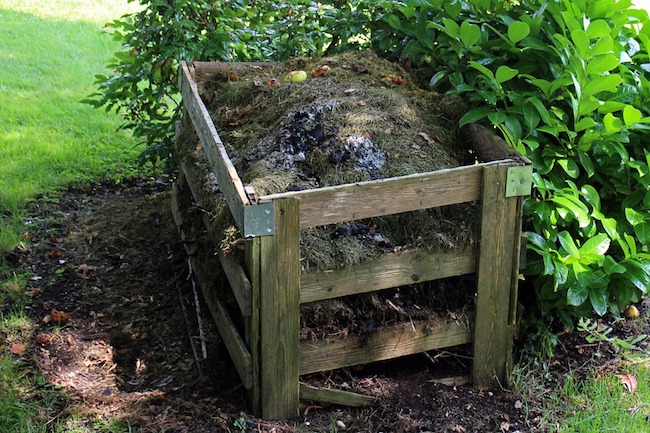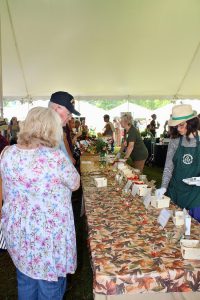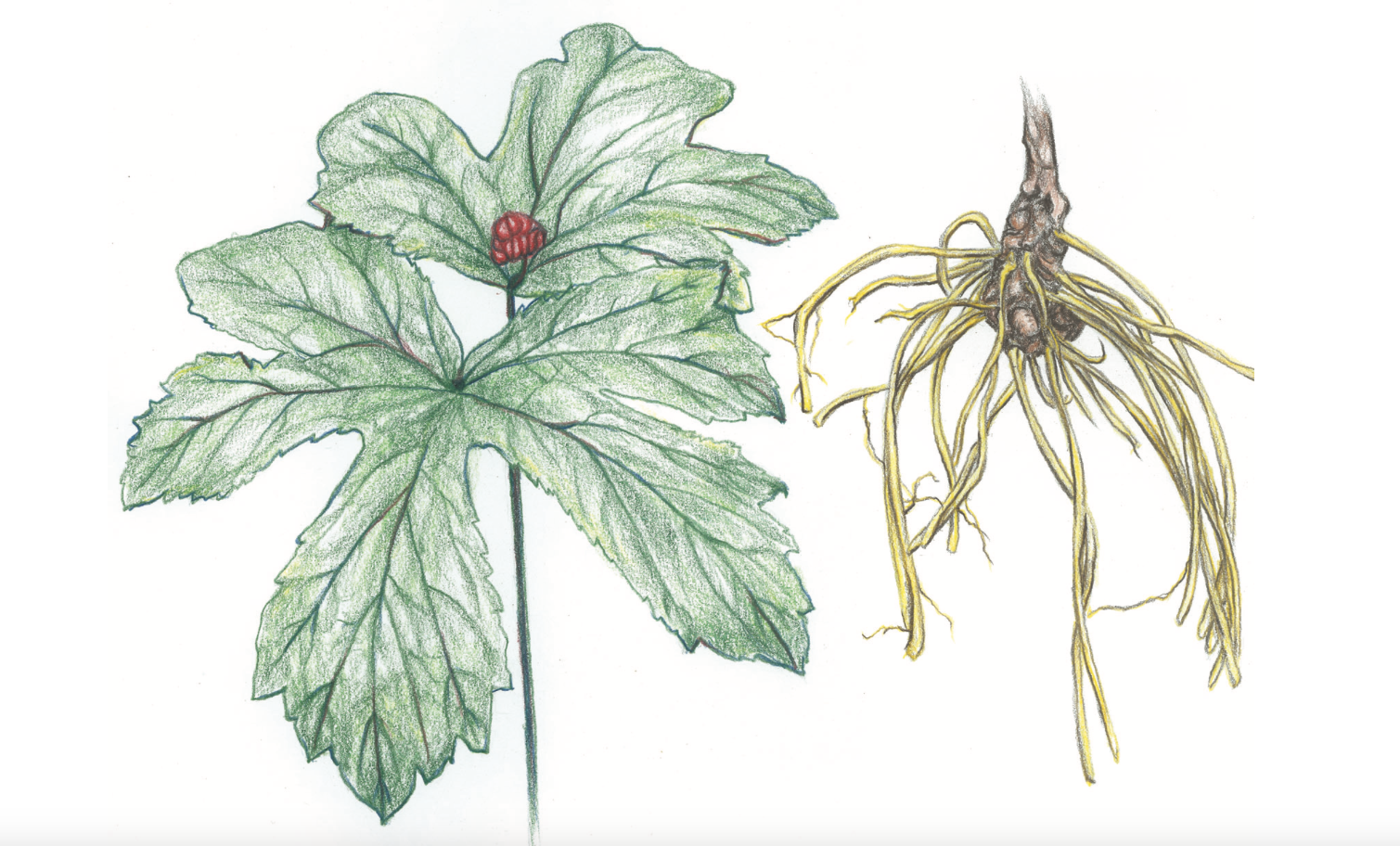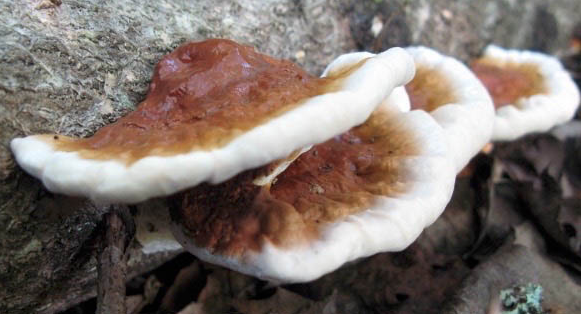
As temperatures and leaves drop many summertime garden chores end for the season. One chore that you can keep up with year round is composting. As microbes and insects slow down in the winter so will your compost pile however there’s no reason to stop composting. With these tips you can make the most of your winter compost pile.
The first step to any good compost pile no matter the season is to provide the microbes with everything they need to thrive. This includes moisture, oxygen, carbon rich material, and nitrogen rich material. Typically fall and winter compost piles are plenty moist without adding an extra water. You can also provide it with oxygen by adding fluffy materials and avoiding packing it down. To achieve a good mix of carbon rich and nitrogen rich materials mix “green materials” like grass clippings, vegetable scraps, and manure with “brown materials” like straw or hay, leaves, or wood shavings. If your compost pile stinks or gets slimy you need more “brown materials.”
Winter Tips
- Build a large pile.
Just like larger animals can hold body heat better, larger compost piles will stay warmer in the center throughout the winter than smaller ones. Building up a good size compost pile in fall is essential to good winter composting. - Cover your pile.
Anything you can do to protect your compost pile from the elements will help it remain more active in colder temperatures. You can build a structure for it with walls and a roof or even just throw a tarp over it. An existing hoop or green house is an excellent place to set up a winter compost pile. These will help hold in heat and keep precipitation and wind from cooling the pile. - Choose the best materials.
As I mentioned above microbes that decompose compost need a certain mixture to thrive but if you really want your compost pile to keep working through winter you can take it a step further. Adding shredded materials like leaves or grass clipping less than 2 inches in size will allow the microbes to decompose things more quickly and generate more heat. A thick outer layer of leaves is also an excellent idea to help insulate the pile and shredded leaves are more insulating than whole ones. - Cover green material.
When adding kitchen scraps or “green material” to your winter compost pile be sure to cover them. It’s best to dig a small hole in the top of the pile and then cover them with the surrounding material otherwise they may just freeze. - Try vermicomposting.
If trudging out to your compost pile in winter doesn’t sound like something for you consider setting up a worm bin. Vermicomposting can be done year round indoors and is a perfect way to turn kitchen scraps into valuable worm castings. Here’s some direction for setting up a worm bin from Mother Earth News. - Avoid turning your pile.
While turning your compost pile may help in summer, during the winter months it’s best avoided as it allows large amounts of heat to escape. - Add material in spring.
As the spring thaws comes your composting will speed up and you’ll need to be prepared to add material. Frequently more brown material is needed at this time.
From Florida to Vermont winter composting is possible. It may take a bit of extra work (especially if you live somewhere you’ll be shoveling a path through the snow) but you can still have a thriving compost system during the winter months. Follow these tips to keep on working.


 At the festival, SESE puts on a huge tomato, pepper, and melon tasting. It’s a lot of fun but it can also be really helpful for gardeners unsure about which varieties they might want to add to their garden next year. If you can find others growing heirlooms in your area swapping samples may help you plan your seed order. If other gardeners in your area aren’t growing heirlooms offering a tasting of varieties you grow may encourage them to plant some of their own.
At the festival, SESE puts on a huge tomato, pepper, and melon tasting. It’s a lot of fun but it can also be really helpful for gardeners unsure about which varieties they might want to add to their garden next year. If you can find others growing heirlooms in your area swapping samples may help you plan your seed order. If other gardeners in your area aren’t growing heirlooms offering a tasting of varieties you grow may encourage them to plant some of their own.


